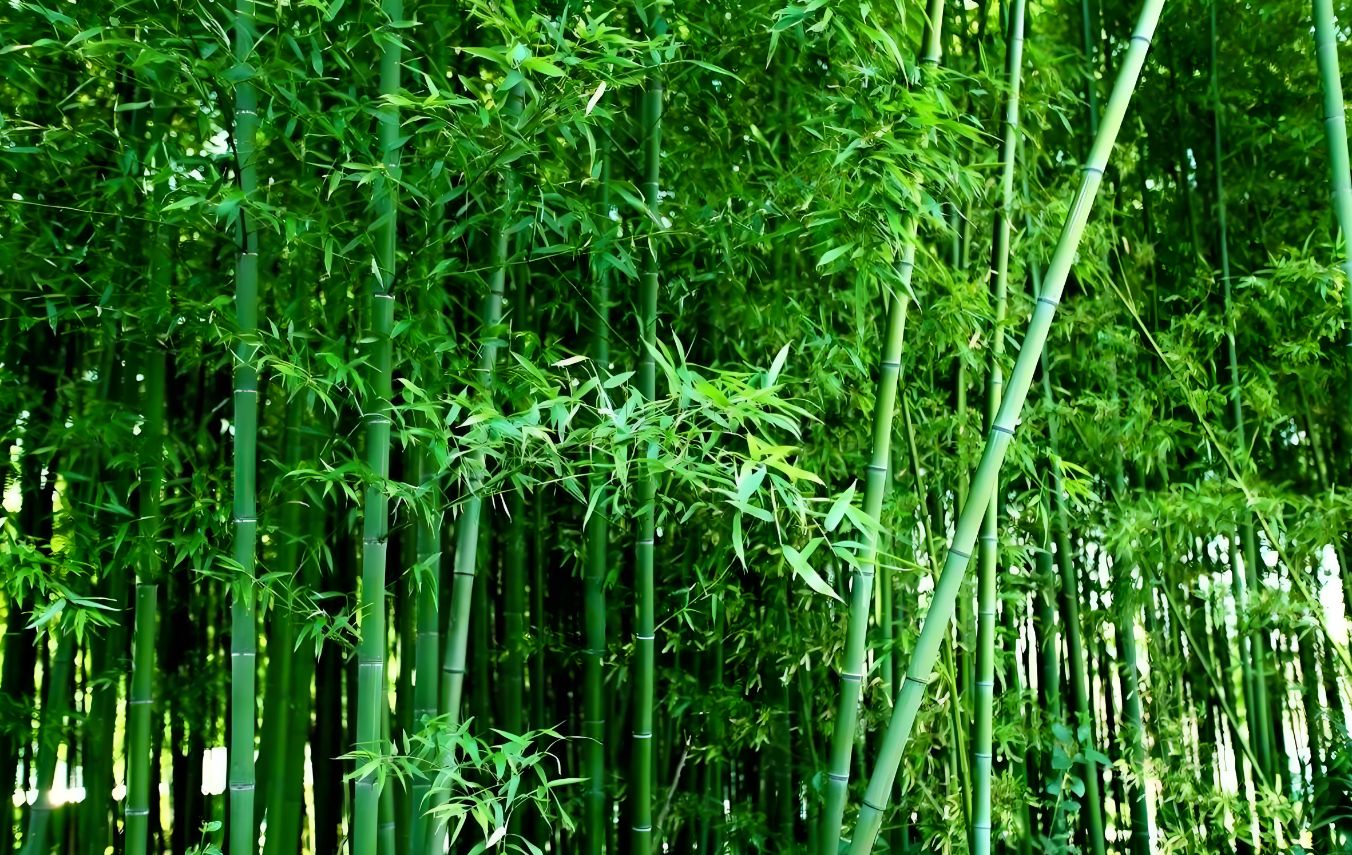
The lifecycle of bamboo is influenced by multiple factors, which interact with each other to determine the growth rate and maturity time of bamboo. Here are some of the main influencing factors:
Variety Characteristics:
Varieties of bamboo have different growth and physiological features, which directly determine their lifecycle. Some varieties of bamboo grow rapidly and can reach maturity in a short period of time, while others grow slower and take longer.
Climate Conditions:
Climate is one of the key factors affecting the lifecycle of bamboo. Climate conditions such as temperature, light, rainfall, and humidity can all have an impact on the growth of bamboo. For example, suitable temperature and lighting conditions can promote photosynthesis and nutrient absorption in bamboo, thereby accelerating its growth rate. Appropriate rainfall and humidity help to keep the soil moist and provide necessary moisture for bamboo.
Soil Conditions:
Soil is the foundation for bamboo growth, and its type, texture, fertility, and acidity/alkalinity all affect bamboo growth. Fertile soil is rich in nutrients and can provide sufficient nutritional support for bamboo. Loose and breathable soil is beneficial for the root development and respiration of bamboo. In addition, the acidity or alkalinity of the soil can also affect the absorption and utilization of certain nutrients by bamboo.
Terrain and Landforms:
Terrain and landforms can also affect the lifecycle of bamboo. For example, bamboo planted on hillsides or hilly areas may have differences in growth rate and maturity time due to the undulating terrain and varying soil thickness. At the same time, topography and landforms can also affect the lighting conditions and water distribution of bamboo, thereby further affecting its growth.
Human Management:
Human management is also one of the important factors affecting the lifecycle of bamboo. Reasonable irrigation, fertilization, pruning, and pest control measures can promote the healthy growth of bamboo, improve its growth rate and quality; Excessive logging and damage to the ecological environment of bamboo forests can have adverse effects on the growth of bamboo.
In summary, the lifecycle of bamboo is influenced by various factors such as variety characteristics, climatic conditions, soil conditions, topography, and human management.Therefore, when planting and managing bamboo, it is necessary to comprehensively consider these factors and develop scientific planting and management plans to promote the healthy growth of bamboo and improve its economic benefits.

